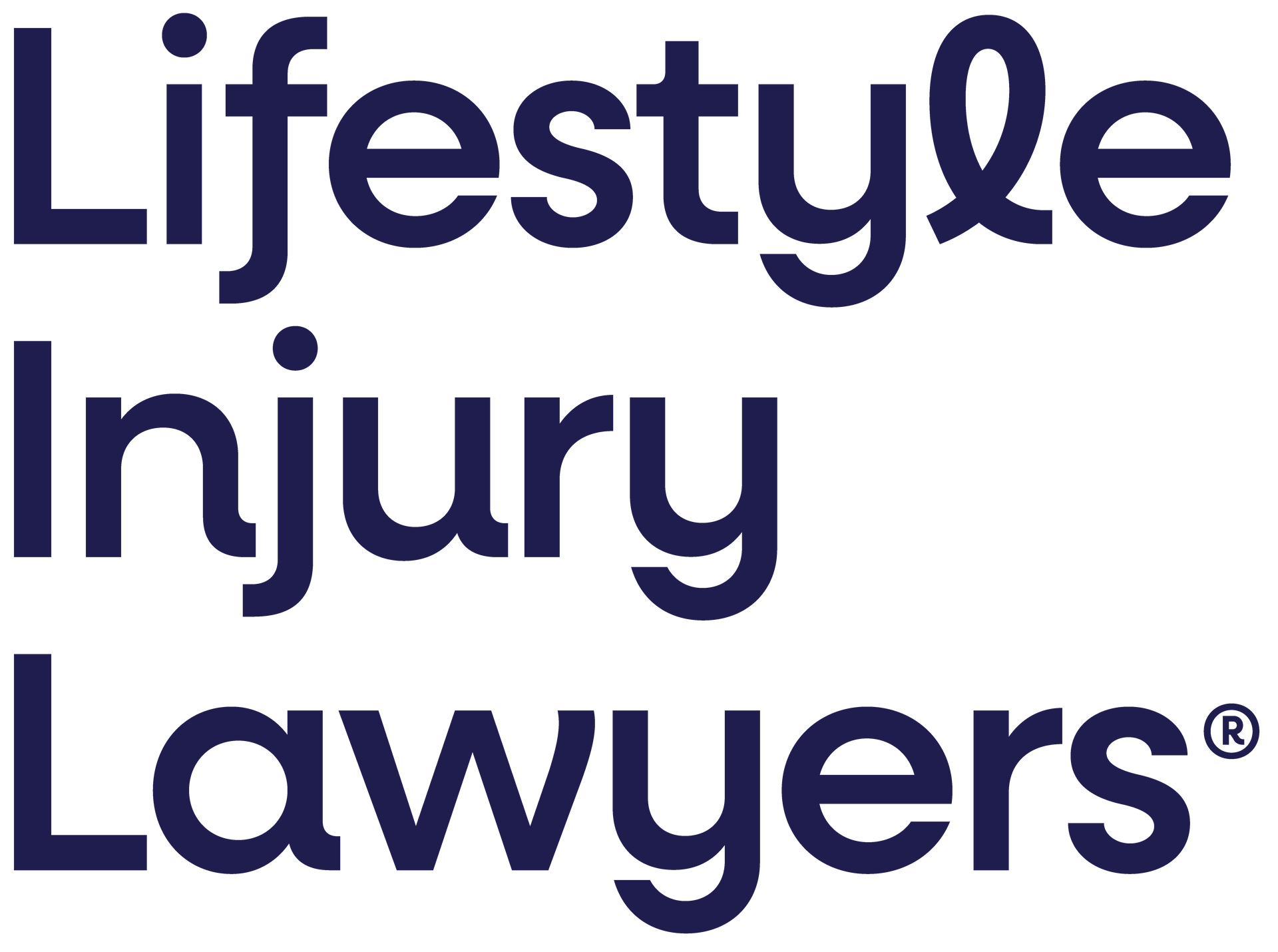Have you suffered an injury while walking along a council-owned footpath or road due to it being uneven or containing potholes? Although many people may assume that it is possible to sue the local council for injuries related to failure to maintain roads and footpaths, in reality, the introduction of the Civil Liability Act 2003 (Qld) ensures that damages are only available in very limited circumstances. However, there are instances where a successful claim will be possible. This article will explore the law surrounding bringing a claim against the council for an uneven footpath or pothole, and the circumstances where it may be possible for claims to be successful.
The legislation
The Civil Liability Act 2003 (Qld) sets a very high bar for individuals to meet in order to bring successful claims against councils for uneven footpaths and potholes. The relevant section is s 37, which states that councils aren’t liable for any failure to repair a road or keep a road in repair unless they were negligent in failing to repair the hazard. This means that to successfully sue the council, you must first prove that they were aware of, or should have been aware of, the risk presented by the uneven footpath or pothole. Secondly, you must prove that the council failed to act within a reasonable timeframe to remove or fix the hazard created.
The legislation, therefore, takes the view that, due to their limited financial resources and time and wide-ranging responsibilities, it is not realistic for local governments to maintain every road and footpath in a perfect condition all the time. This places the burden on citizens to take an active role in ensuring their own safety when using public roads and paths. However, despite this, there are circumstances in which injured parties will be able to bring successful claims.
Successful case example
When deciding cases where uneven footpaths or potholes are identified as risks or have caused injury, courts must apply the high bar set out in the Civil Liability Act 2003 (Qld). A recent high profile case provides an example of the circumstances where injured people may bring successful claims against the council.
In the 2020 case Goondiwindi Regional Council v Tait, flooding had impacted the Leichhardt Highway, causing potholes to develop and floodwater to appear on certain parts of the road. The Goondiwindi Regional Council installed a temporary A-Frame ‘Rough Surface – Reduce Speed’ sign on both approaches to the floodway, but failed to weigh it down with sandbags. The sign subsequently blew over. As a result, Ms Tait, who rode her motorbike along the highway, failed to see the sign and suffered injuries when striking the pothole.
The Court decided that the Council was liable for the plaintiff’s injury. The fact that they had installed the A-Frame sign, among other facts, meant that they knew that the hazard existed. Further, the court stated that the fact that the Council knew that the potholes could get worse if left unrepaired, particularly in wet weather conditions, meant that they were negligent in failing to repair them.
Unsuccessful case example
The 2015 case Nightingale v Blacktown City Council provides an example of an unsuccessful claim. Although this case was decided in New South Wales, the facts are illustrative of the kind of claim where a council in Queensland would not be found liable.
In this case, a man tripped on an uneven council footpath that had sunk 8-10cm at the joint, suffering injury as a result. He claimed that Blacktown City Council was liable for failing to repair the footpath and adequately lighting the path at night.
The court found that the Council was not negligent for Mr Nightingale’s injuries because it was unaware of the existence of the uneven footpath and that it needed repair. This case demonstrates that everyday potholes and uneven footpaths will not meet the high bar imposed by the legislation for a claim to be successful. Rather, the relevant council must have actual knowledge of the existence of the uneven footpath or pothole, and fail to take steps to fix it, in order for a claim to be successful.
What to do if you believe you may have a successful claim
If you have been injured due to an uneven footpath or pothole that your local council had knowledge of and failed to fix, you may be eligible for compensation. Claims such as this are very complex and proving fault is not straightforward. At Lifestyle Injury Lawyers, we are experienced in bringing public liability claims and are committed to providing personalised services for our clients. We offer a no win no fee service because we believe that every Queenslander has a right to legal representation regardless of their financial circumstances. This means you only pay our legal fees if you win your case. For a free initial consultation and expert advice with Gold Coast personal injury lawyers give us a call today.

